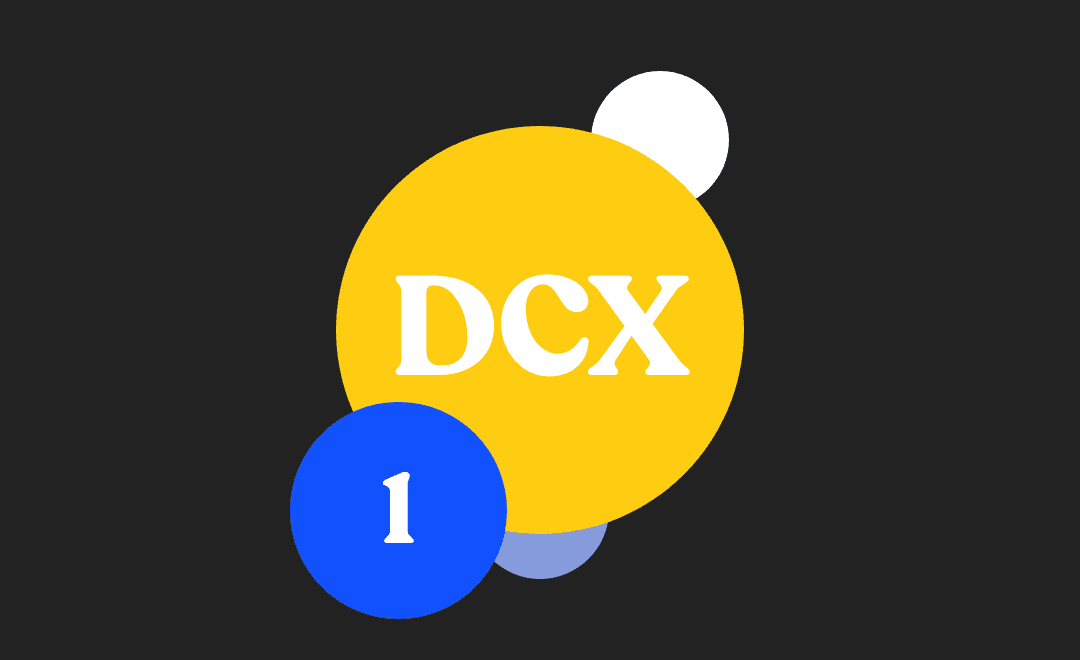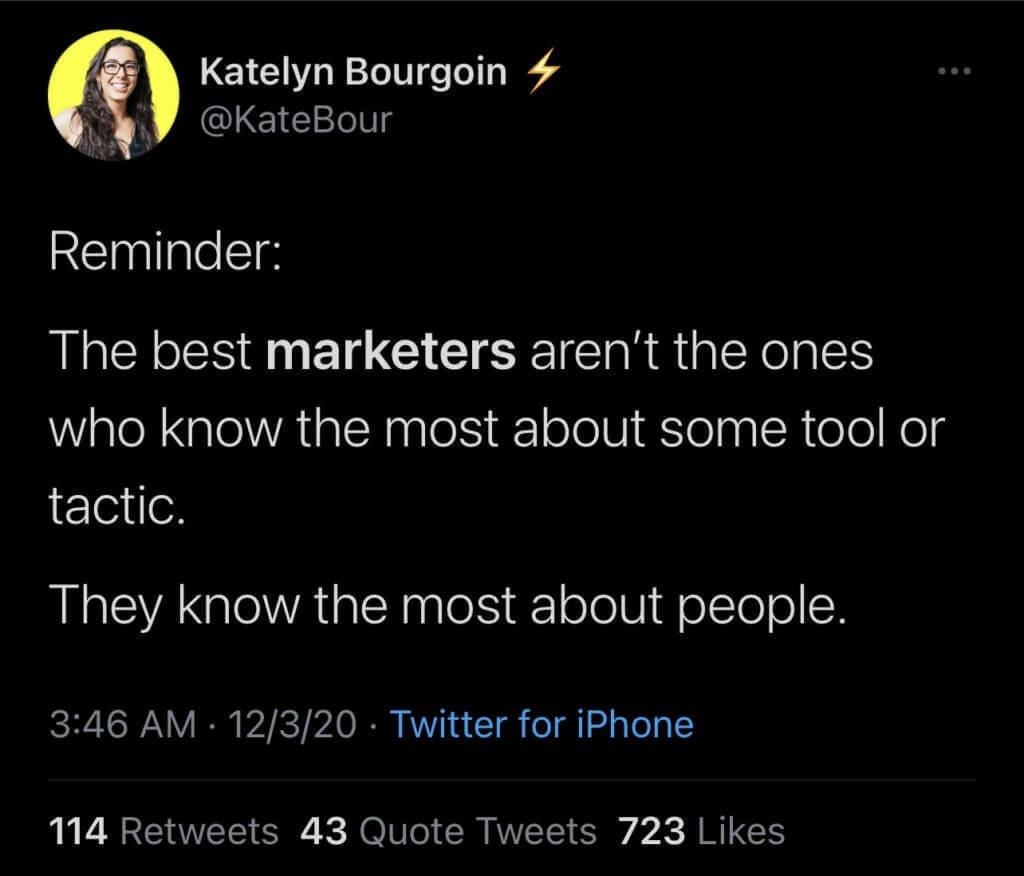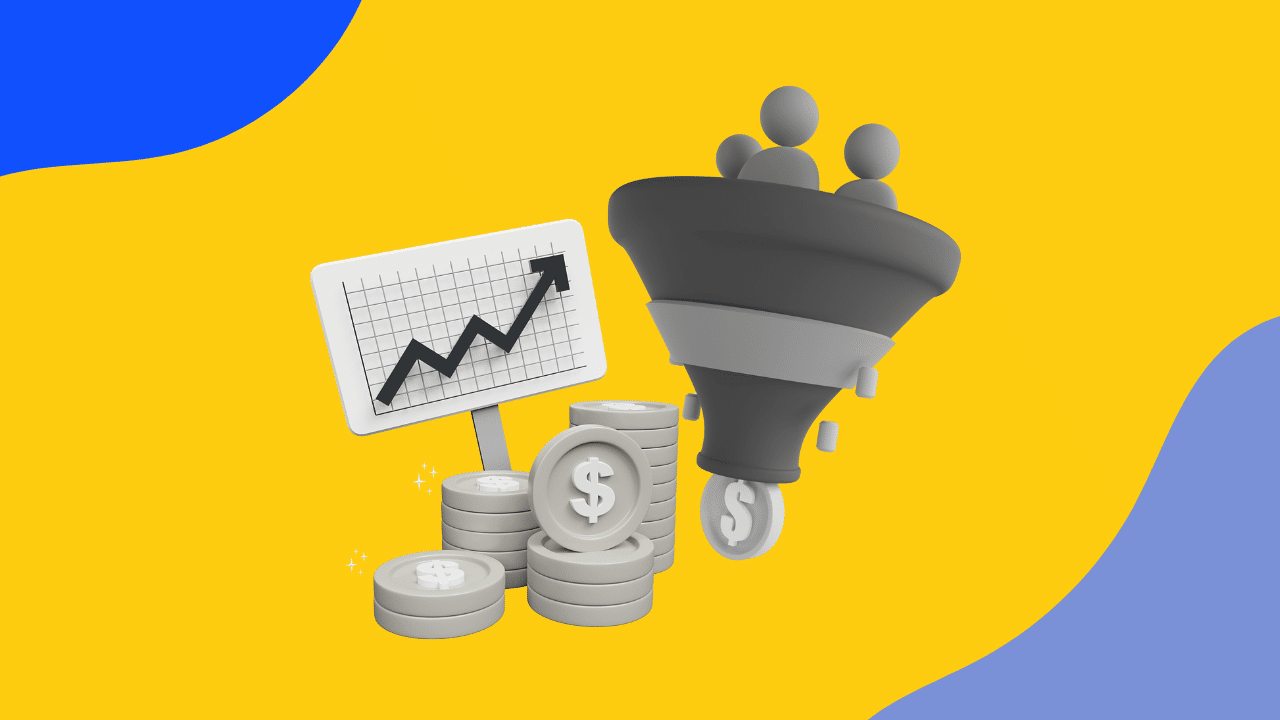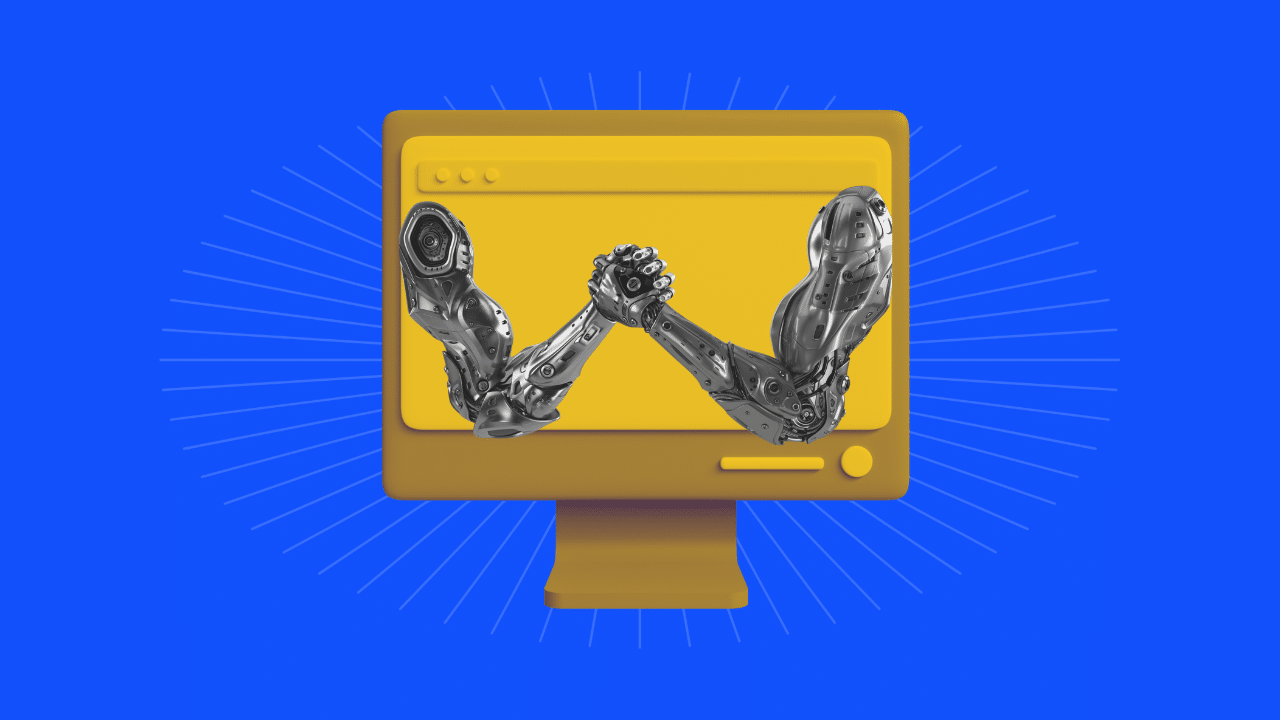
- DCX, Digital Customer Experience, Customer Experience
Recent articles
our mailing list
Week 1: What is the Digital Customer Experience?

The Digital Customer Experience – What is it and why do we need it?
Welcome to Part 1 in the Sydney Digital Marketing 10 Part Online Series into understanding the Digital Customer Experience.
An Agency Perspective on DCX and the importance for businesses in the future.
When a business comes to us, they generally already have an idea of what they want or what they need, (or what they think they need). They come to us saying we need Google Ads! Or we need SEO! Years ago, we would sit there and the project would start, “ok, time to do exactly what they need” and away we would go.
We would work on a project for a client that would fill the gap in one hole in their business, then once the hole is filled, we look back and realise there’s a bigger problem at hand; like filling a gap in someone’s tooth, then looking up and they can’t walk out of the dentist because their leg is missing.
We learnt that filling just one hole isn’t going to fulfil the needs and wants of their customers.
With this realisation came a shift in our business; we are a digital marketing agency that answers to our customers (clients), and then again to our customers’ customers, (customer² as we like to call it). If we don’t have a true idea of what their customers need as a whole, then how are we to help our customer in the ways they need?
And here lies the evolution of the Digital Customer Experience…
Over the next 10 weeks, we will be running you through a range of tips and tricks, tried and tested by Sydney CBD’s Digital Marketing Success Agency.
Here’s what you can expect;
- 1. What is the Digital Customer Experience?
- 2. Our own observations
- 3. The Strategy Top Level
- 4. The Marketing Funnel & Flywheel
- 5. DCX Website Design
- 6. Attribution & Tracking
- 7. Marketing Channels & Where They Sit in the DCX
- 8. Content That Really Works.
- 9. Insights, Reporting & Metrics that Matter.
- 10. Conclusion
What is Digital Customer Experience?
Digital Customer Experience or Digital CX is the sum of an entire customer journey, including all the digital touch points of a single customer. To understand the Digital Customer Experience, you need to know what takes someone from;
A. Never having seen or heard of your brand —> Z. A longstanding and loyal customer.
As well as all the possible touchpoints that they could have along the way.
Notice how we didn’t say A —> B? Digital Customer Journey isn’t ever just A to B, sometimes it’s A to J, then back to C, then down to W and hits W a couple of times, then lands on Z.
As Observatory puts it, for a customer, it’s not about just getting food, it’s about having customized meals delivered to our door—with status updates on its arrival progress. It’s not about buying things, it’s about getting curated recommendations that appear at our door for our selection and return.
Digital Customer Experience vs. Customer Experience
Customer Experience (CX) is the broad term that defines understanding the experience of a customer with a brand, and understanding their behaviour so you can better tailor an experience to them.
This can mean anything from in-store and traditional customer service channels to the digital aspect of interactive workspaces, technology or online platforms.
Digital Customer Experience (DCX) differs here slightly. DCX is still customer-centric, but taking their interactions from physical to digital, and refers to not only the customer-facing experience, but also the back-end and technological side.
From SEM or SMM to CMS to CRM to EDM and every other abbreviation in the digital marketing world, these are all touch points with their own rich data, and knowing how valuable all of this data is will propel you to motivating a more DCX way of doing business.

User-centricity is the future, the best brands to succeed have been ones who were able to put their customers to the centre of their focus. Revenue comes only when companies deliver something of value that someone is willing to not only use, but pay for.
Why is Digital Customer Experience important?
Where we see DCX taking us and businesses in the future, is the ability to take a single data point, from a person’s very first view or interaction with a brand, and carry it through their relationship with your brand (from A to Z). This kind of historical customer data will be integral into how a brand communicates and markets to that person.
Though creativity is important, so too is the need for having a tech stack that is able to operate seamlessly together.
Imagine having a customer call up, and having the salesperson or point of contact see who this customer is, where they’re from, the first time they experienced your brand, what they purchased, what marketing emails they’ve received or what discounts they’ve used.
Here lies the land of attribution & tracking!
It would be foolish to think you wouldn’t communicate or sell differently to a high touch-point client compared to one who has only just discovered your brand, both in person and through digital marketing.
Think of it as a digital receipt, or a customer record in the easiest sense.
3 Business Benefits of DCX
A beautiful and seamless customer experience is no longer just something that you may want to incorporate. In the next 3 years, it’s going to be paramount that brands and businesses think of their customer at the very centre of everything they do online.
Brands that combine the power of their product, with the power of their digital experience to create a memorable human connection, even through a screen, are going to compute into more engaged, satisfied and loyal customers.
1. Longer-standing, loyal customers.
People know through connections who they want to remain friends with, they know what toothpaste brand they want to stay with because of the taste, or their favourite shampoo and conditioner brand because of the way it makes their hair feel. A customer who creates a connection with your brand, is more likely to stay with your brand over others in which they have no ties with, and 84% of customers say the experience a company provides is as important as its products or services
2. Higher visibility on stats & outcomes.
At Sydney Digital Marketing, we work off stats and hard facts. We work of numbers that we can prove, and if we can’t prove it then we can’t say for sure it works. The kind of Digital Customer Experience that we push for our clients is one that in the long run, is going to assist with visibility for them on exactly what is working, how it is working, and how we can improve. With marketing, a 360 circle approach, data can be fed from the customer, to the customer, and then back to the client again for optimisation and feedback stats.
3. Reduced costs.
Having a database of higher retention customers, means less costs put into keeping them or attaining new ones. As every marketer or business professional knows, your customers are your best influencers. Your customers are there, they’ve already chosen you, the hard work is over. Give them a reason to stay and give them an experience that ticks all of their boxes in the future so they don’t have a choice but to just keep choosing you.
Thank you for taking the time to read today, we know that 2021 brings us busier times than ever.
Next week, tune in to Week 2: Our Observations of our 10 part series on Digital Customer Experience to hear more about;
- Our favourite DCX Case Study
- Our history of testing and exploring DCX on our own business and clients
- Examples of our clients and big brands doing it right (and wrong) as well as
- 3 quick tips that businesses can follow to optimise their Digital Customer Experience
From the team here at Sydney Digital Marketing, have a lovely day and see you next week!







